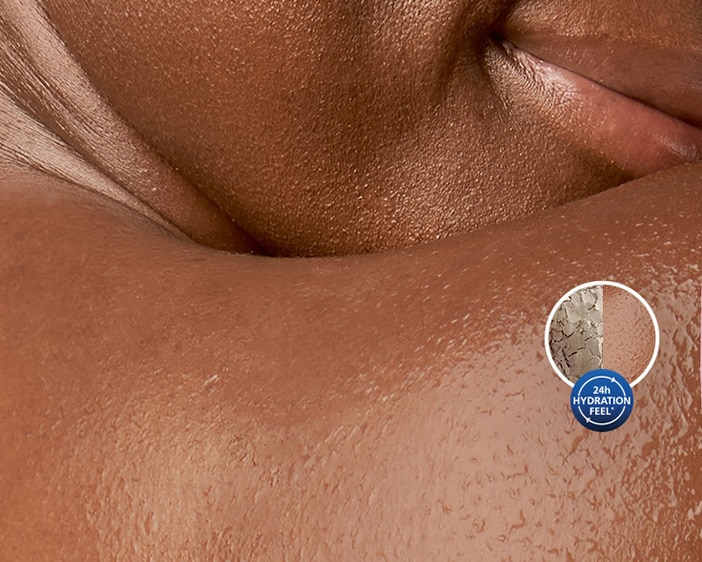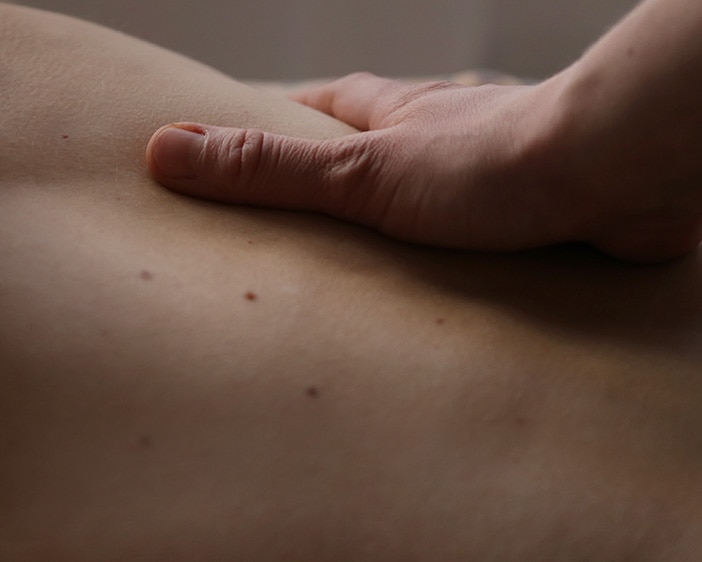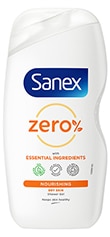How to care for dry skin
When the seasons change from hot, summery weather to cold, windy conditions, we have to make a lot of changes too. People swap crunchy salads for steaming soups, cool clothing for wooly ones, and outdoor games to indoor movie nights.
Similarly, these temperature changes cause changes in our skin. Winter days have low humidity and temperatures. Combine that with hot showers, heaters, and harsh winds – and there are all the conditions needed to cause dry skin.

The causes of dry skin
The outer layer of the skin, known as the skin barrier, is quite thin. When this layer of protection is damaged, the skin becomes dry or irritated. Dry skin can be caused by various factors, such as:
Heaters or air conditioners
Bathing or showering for long periods
Harsh soaps and detergents
Skin conditions, such as eczema
Diseases, such as diabetes
Certain medicines
Aging
Lastly, the climate is a very common cause, especially winter. This is due to the loss of moisture, which is essential for healthy, hydrated skin.
Visually, dry skin can be identified as looking flaky or scaly, or feel like rough patches on the skin. Severe dry skin can bleed or crack.
How to know if you have eczema
What is important to know is when you are merely suffering from dry skin, or when you have the long-term skin condition called eczema.
Symptoms to look out for include:
Dry, itchy skin patches
Sensitive, inflamed skin
Patches that ooze or crust over
Swelling in the area of the outbreaks
Usually, this skin condition develops in early childhood but it can sometimes begin in adulthood. A genetic predisposition, cosmetics, a weak immune system, the weather, allergens, clothing material, food allergies, hormonal changes and skin infections can make eczema flare up.
Should you suspect you suffer from this skin disease, or have eczema prone skin, make an appointment with a doctor or dermatologist to get a diagnosis or treatment plan. Although there is no definitive cure, there are very effective solutions available.
How to care for dry skin
If your issue is limited to dry skin, there are various ways to prevent and care for this condition.
Stop doing this:
Using harsh soaps - it strips your skin’s essential oils and lipids
Taking very hot showers or baths - limit it to once a day, for 10 – 15 minutes
Don’t use bath sponges, scrub brushes, and washcloths - otherwise, use them very gently
Scratching your skin - rather apply moisturiser
Don’t wear wool or fabrics that can irritate the skin - opt for soft, soothing materials
Start doing this:
Protecting your skin from sun damage – even on cloudy days, wear sunscreen
Use a humidifier – it adds moisture back to the indoors
Wash with fragrance-free laundry detergents
Your daily skincare routine
A very effective way to combat dry skin on a daily basis is ensuring you are using the right skincare products – ones that are gentle, balances the skin’s natural balance, replenishes the skin’s protective barrier, and locks in hydration.
For showering or bathing, opt for Sanex’s Zero% Dry Skin Shower Gel, which contains minimal ingredients to ensure clean yet moisturised skin. If you need a lot of skin hydration, the Sanex Dermo Moisturising Biome Protect Shower Gel is your best go-to skin treatment for sensitive skin.
When it comes to hygiene that are specifically developed for dry skin, consider the Sanex roll on range, which has been specifically developed to combat dry skin and offer specific benefits on top of that. There is also the Sanex zero deodorant roll on range, which uses minimal ingredients for extra protection against dry skin.
The above article is provided for informational purposes only. Colgate does not accept any liability should the below recommendations have a contrary result to the intended result. Always seek the advice of a qualified doctor or dermatologist. Never disregard professional advice or delay seeking it because of something you have read in this article.















